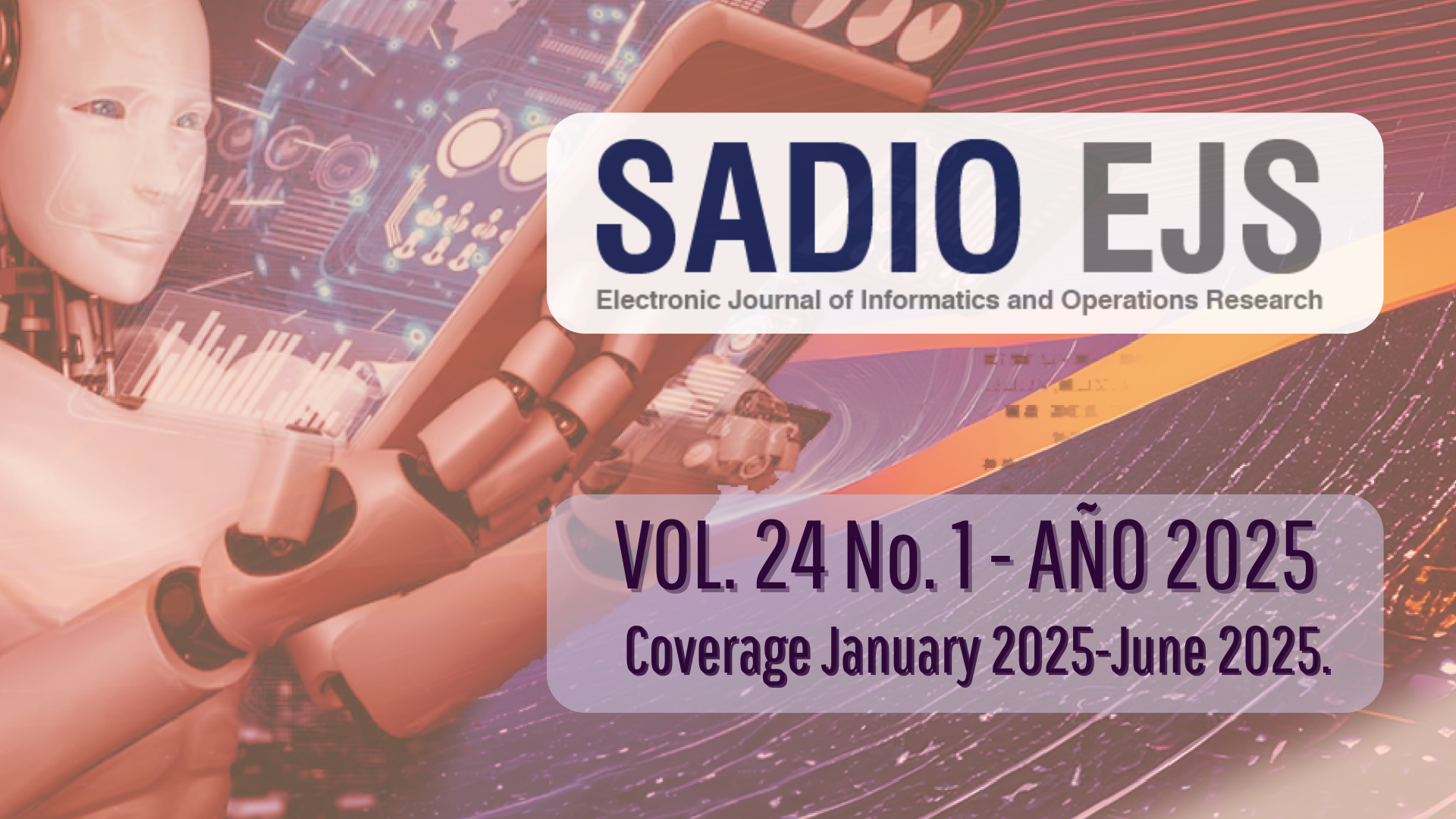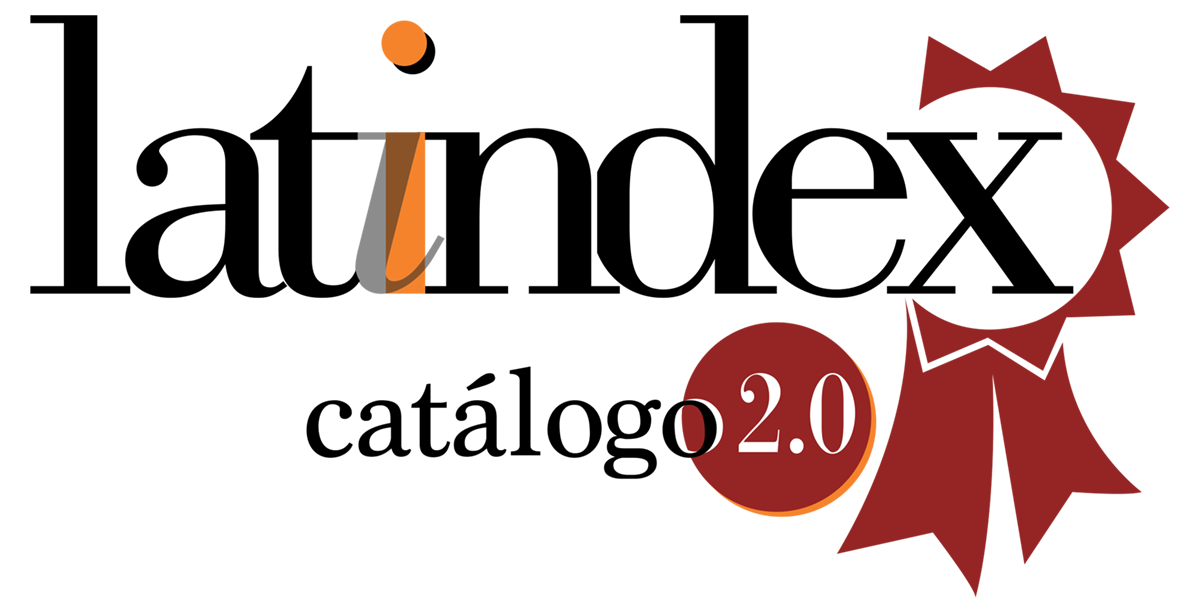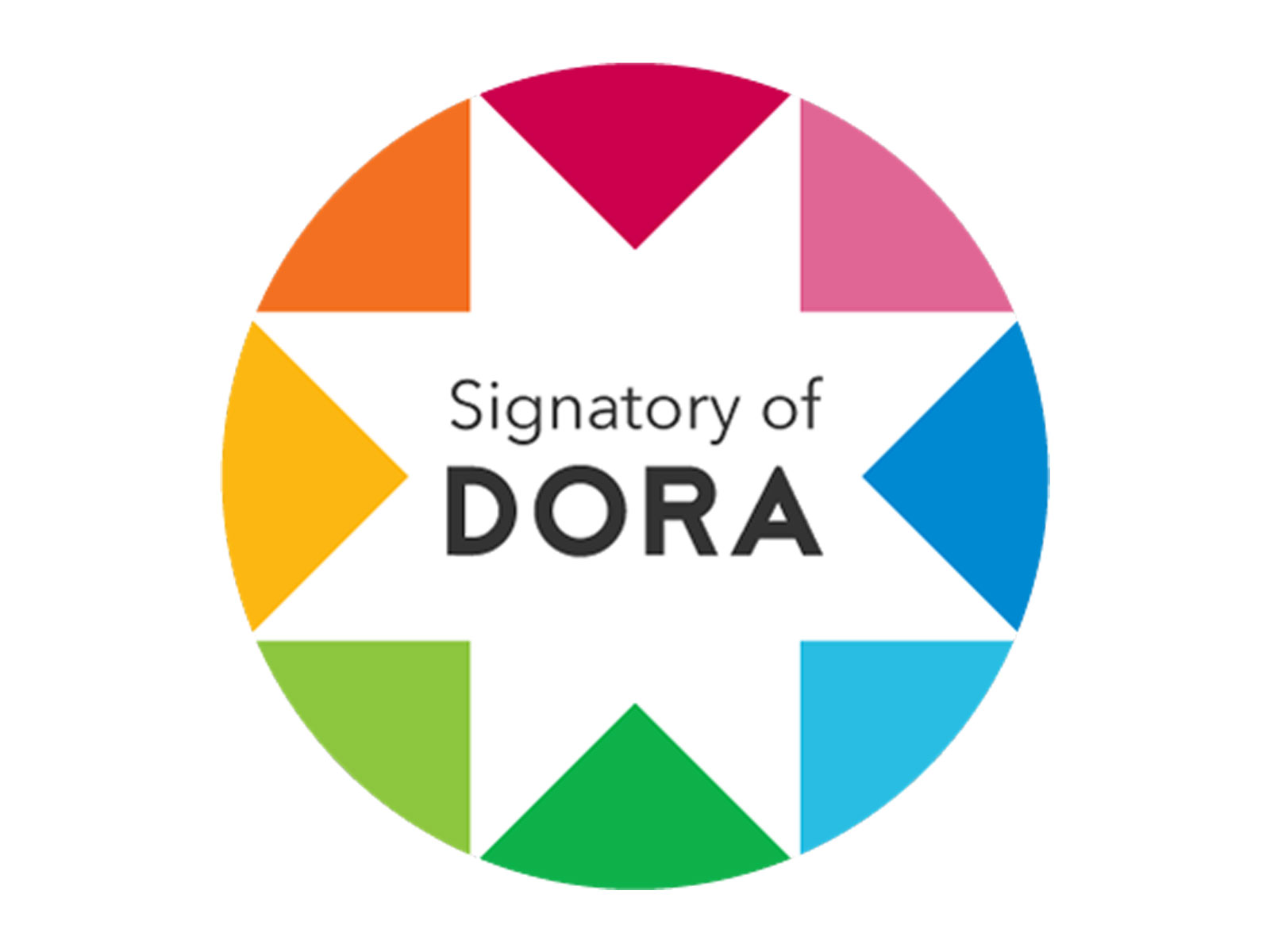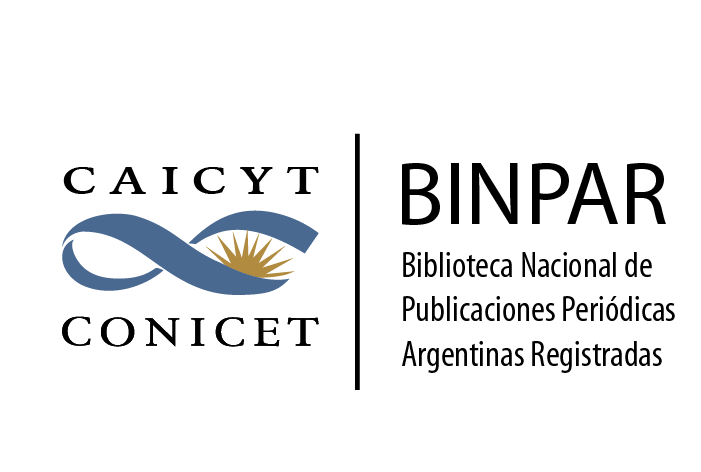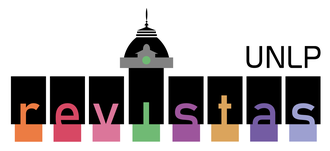Evolutionary Strategy for Optimizing Neural Models for Compound Similarity Estimation
DOI:
https://doi.org/10.24215/15146774e066Keywords:
graph neural networks, evolutionary computation, compound similarity, metabolic pathwaysAbstract
Molecular similarity evaluation is a key aspect of bioinformatics and poses a significant challenge when dealing with compounds with unknown structures. In this context, graph neural networks have proven effective in generating representations based on the topology of chemical reactions. However, designing these models and selecting their hyperparameters requires exploring a vast range of options. Evolutionary algorithms naturally arise as a solution for searching these extensive spaces, including the hyperparameter space of neural architectures. This study presents a comparison between a traditional hyperparameter search approach, based on expert knowledge, and a method leveraging evolutionary computation for the same task, specifically in compound similarity estimation. Using a predefined architecture, experiments are conducted to compare both approaches across different datasets. The results indicate that the evolutionary computation-based method successfully identifies suitable hyperparameters for the evaluated architecture, achieving a performance comparable to the expert-driven approach while eliminating the need for human intervention in the selection process.
Downloads
References
Arita, M.: From Metabolic Reactions to Networks and Pathways, pp. 93–106 (2012)
Baeck, T., Fogel, D., Michalewicz, Z.: Evolutionary Computation 1: Basic Algorithms and Operators. CRC Press (2000)
Bajusz, D., Rácz, A., Héberger, K.: Why is tanimoto index an appropriate choice for fingerprint–based similarity calculations? Journal of Cheminformatics 7(1), 20 (2015)
Borzone, E., Di Persia, L.E., Gerard, M.: Neural model-based similarity prediction for compounds with unknown structures. In: Applied Informatics. pp. 75–87 (2022)
Fujimoto, K.J., Minami, S., Yanai, T.: Machine-learning- and knowledge-based scoring functions incorporating ligand and protein fingerprints. ACS Omega 7(22), 19030–19039 (2022)
Gilmer, J., Schoenholz, S.S., Riley, P.F., Vinyals, O., Dahl, G.E.: Neural message passing for quantum chemistry. Proceedings of Machine Learning Research, vol. 70, pp. 1263–1272 (2017)
Goldberg, D.E.: Genetic Algorithms in Search, Optimization, and Machine Learning. Addison-Wesley (1989)
Hutter, M.C.: Differential multimolecule fingerprint for similarity search–making use of active and inactive compound sets in virtual screening. Journal of Chemical Information and Modeling 62(11), 2726–2736 (2022)
Kang, J.S., Kang, J., Kim, J.J., Jeon, K.W., Chung, H.J., Park, B.H.: Neural architecture search survey: A computer vision perspective. Sensors 23(3) (2023)
Kumar, A., Zhang, K.Y.J.: Advances in the development of shape similarity methods and their application in drug discovery. Frontiers in Chemistry 6 (2018)
Kyriakides, G., Margaritis, K.: Evolving graph convolutional networks for neural architecture search. Neural Computing and Applications 34(2), 899–909 (2022)
Rahman, S.A., Advani, P., Schunk, R., Schrader, R., Schomburg, D.: Metabolic pathway analysis web service (Pathway Hunter Tool at CUBIC). Bioinformatics 21(7), 1189–1193 (2004)
Veličković, P., Cucurull, G., Casanova, A., Romero, A., Liò, P., Bengio, Y.: Graph attention networks (2018)
Vignolo, L.D., Milone, D.H., Scharcanski, J.: Feature selection for face recognition based on multi-objective evolutionary wrappers. Expert Systems with Applications 40(13), 5077–5084 (2013)
Vignolo, L.D., Rufiner, H.L., Milone, D.H.: Multi-objective optimisation of wavelet features for phoneme recognition. IET Signal Processing 10(6), 685–691 (2016)
Vignolo, L.D., Rufiner, H.L., Milone, D.H., Goddard, J.C.: Evolutionary splines for cepstral filterbank optimization in phoneme classification. EURASIP Journal on Advances in Signal Processing 2011, 8:1–8:14 (2011)
Downloads
Published
Issue
Section
License
Copyright (c) 2025 Tobías Hermann, Leandro Vignolo, Matias Gerard

This work is licensed under a Creative Commons Attribution-NonCommercial-ShareAlike 4.0 International License.
Those authors who have publications with this journal, agree with the following terms:
a. Authors will retain its copyright and will ensure the rights of first publication of its work to the journal, which will be at the same time subject to the Creative Commons Atribución-NoComercial-CompartirIgual 4.0 Internacional (CC BY-NC-SA 4.0) allowing third parties to share the work as long as the author and the first publication on this journal is indicated.
b. Authors may elect other non-exclusive license agreements of the distribution of the published work (for example: locate it on an institutional telematics file or publish it on an monographic volume) as long as the first publication on this journal is indicated,
c. Authors are allowed and suggested to disseminate its work through the internet (for example: in institutional telematics files or in their website) before and during the submission process, which could produce interesting exchanges and increase the references of the published work. (see The effect of open Access)

